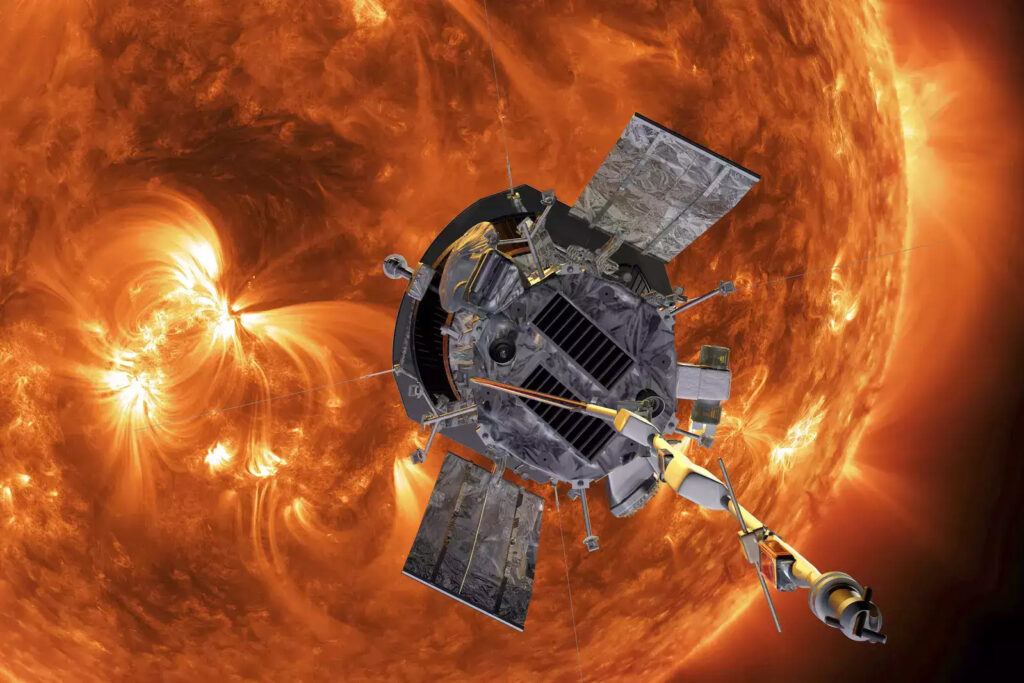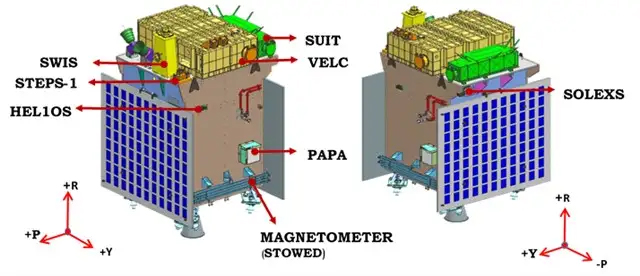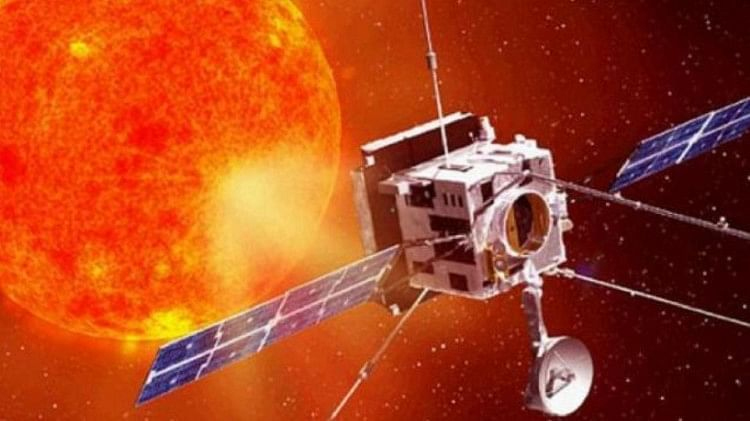ISRO’s eyes Aditya-L1 launch, after Chandrayaan-3
By R. Anil Kumar
- India’s Space Agency ISRO, is preparing to launch the Aditya-L1 solar mission on September 2, which will study the Sun’s behaviour and its impact on space weather
- The suits of Aditya L1 payloads are expected to provide most crucial informations to understand the problem of coronal heating, coronal mass ejection, pre-flare and flare activities and their characteristics, dynamics of space weather, propagation of particle and fields
Bangalore, August 27. After the successful moon landing venture, the Indian Space Research Organisation ISRO, eyes September 2, for launch of Aditya-L1 solar mission.

On the heels of the successful Chandrayaan-3 mission, ISRO is now gearing up for the launch of a solar mission ‘Aditya-L1’ to study the Sun on September 2. It will be the first dedicated Indian space mission for observations of the Sun to be launched by ISRO.
This big project marks the country’s mission that could revolutionize the understanding of the Sun’s dynamics and space weather.
“Most likely the launch will take place on September 2 “, an ISRO official said on the sidelines of Prime Minister Narendra Modi’s visit to ISRO ‘s ISTRAC Centre to meet and congratulate the Scientists, who were part of Chandrayaan-3 Mission, in Bengaluru on August 26.
The Prime Minister had directly flown to Bengaluru after his Two-nation visit of South Africa, where he participated in the BRICS Summit and had later visited to Greece, making him the first Indian Prime Minister, to have visited the Country after 40-years.

The Aditya-L1, named after the Sun’s core, aims to provide unprecedented insights into the Sun’s behaviour by placing itself in a halo orbit around the Lagrange point 1 (L1) of the Sun-Earth system, approximately 1.5 million kilometers from Earth.
This strategic location will enable Aditya-L1 to continuously observe the Sun without being hindered by eclipses or occultation, allowing scientists to study solar activities and their impact on space weather in real time.
The spacecraft is equipped with seven advanced payloads designed to scrutinize various layers of the Sun, from the photosphere and chromosphere to the outermost layer, the corona.
These payloads employ electromagnetic, particle and magnetic field detectors to capture data crucial for understanding phenomena like coronal heating, coronal mass ejections, solar flares, and more.
One of the most exciting aspects of Aditya-L1’s mission is its ability to directly view the Sun from its unique vantage point at L1.

This will enable four payloads to capture clear observations of the Sun, while the remaining three payloads will conduct in-situ studies of particles and fields at this Lagrange point.
These combined observations promise to unlock the mysteries behind solar dynamics and their effects on the interplanetary medium.
Scientists have high hopes for Aditya-L1’s payload, which is expected to shed light on the physics of the solar corona and its heating mechanism, magnetic field topology, and the development of coronal mass ejections.
The spacecraft’s data will help identify the sequence of processes that lead to solar eruptive events and contribute to a deeper understanding of space weather drivers.




